So now part two of great comic collections you should have on your bookshelf. Make sure that you check out part 1 with all the details of how I came about this list. If you are just tuning in then here is the link to part one:
40 Great Collections You Should Have On Your Bookshelf Part 1
Mike W. Barr and Brian Bolland’s take on the Arthurian legend was milestone in many ways. It was DC Comics first direct market only book. The first maxi series (12 issues) and one of the first series to not be approved by the Comics Code Authority. I’m sure the transsexual knight, incest and lesbianism probably would have not gone over too well with the code board I’m guessing. The story does not try to change the legendary King Arthur story it just take a different look at it. This was Brian Bolland’s first big job for DC comics and it was stunning. Known for his work in the UK on Judge Dredd the detail of his artwork is just plain breathtaking. This series is what epic storytelling done right should look like.
Steve Niles seems to be one of the few comic writers that gets classic horror and thrillers. Not only his writing spot on he is constantly working with some of the best artist around. Bernie Wrightson, Kelly Jones, Scott Hampton. But it all started with a collaboration with then newcomer Ben Templesmith. Niles originally tried to pitch the story to Hollywood and had no bites. So publisher IDW was starting out at the time and like the idea so he turned it into a comic. With Niles razor-sharp script and Templesmith moody art work they created a truly creepy story of a small town Barrow Alaska during the sun not rising from November 18th and December 17th. The town is invaded by a group of vampires (thankfully not the sparkly ones) and the residents who try to survive till the sun rises again. While some people are familiar with the film version of the book (ironic that Hollywood wanted it after the comic was created) you should really check out the comic version. It’s what horror comics should be.
It’s a carton of hate and a wedge of spite they are dairy products gone bad. The new hardcover book from Dark Horse reprint nearly every Milk and Cheese strip (sadly it does not contain the Munden’s Bar Annual #2 story is one of my personal favorites). Nothing is off-limits for the dairy duo to attack. From comic conventions to Merv Griffin. This book is so politically incorrect that your head might explode. Probably not but I guarantee that you will laugh your ass off reading it. David Mazzucchelli quote from the back cover sums it up best “Evan’s calcium-rich creations are guaranteed to spread lactose intolerance everywhere.”
This graphic novel has gone though 3 different imprints of DC Comics in it’s lifetime. It started out under the Piranha Press but the imprint was shut down before the book was finished. Originally published under the Paradox Press logo (currently published under the Vertigo imprint) Howard Cruse was at the time best know for his underground comic Barefootz and Wendel and also being the editor of Gay Comics. Cruse admits in the acknowledgments that this is a book of fiction and not autobiography. But being the son of a preacher and growing up in Alabama and being openly gay during the 60’s there is a lot of himself in the work. Set during the civil rights movement Toland Polk fights on the side of the civil rights activist and discovers that his is also fighting for his own battle to accept that he is gay. This is one reasons why the graphic novel medium can be so powerful. Is a story that is hard to read but at the same time you can’t put down.
I’ll be the first to admit that I was never a huge fan of MGM’s Wizard of Oz adaptions. The reason was that I had read the L.Frank Baum OZ books and the film was to me a so-so adaptation of the book. I enjoyed the later books that were more like Grim m’s fairy tales and bit more on the darker side. Enter Eric Shanower who’s love of the Oz books are very evident as when you open it. His art style fits the stories amazingly well. His take of the source material is really spot on. He keeps the feel of the Baum but very much makes it his own. His art is very much in the vein of the original illustrations done by William Wallace Denslow and John R. Neil but is very much his own style. If you really like this book you should also check out Shanower’s Oz adaption that he is currently doing with artist Scottie Young for Marvel Comics.
Most “kids” could only wish that they were this good. The book started in 1956 to 1971 and ran for 98 issues (there was issue 99 that was printed as part of the Silver Age Classics reprints that were some of the last books printed at World Color Press in Sparta Illinois. It did however contain new material that had not been printed) Sugar and Spike were written and drawn by Sheldon Mayer for their entire run which at the time was a record. It follows the adventures of a little girl Sugar and a little boy Spike. They spoke “baby-talk” that they could only understand. They would always share notes and apply there own “baby logic” to everything. They were always getting into trouble but at that age what kid didn’t. The best thing about the book is it’s just fun. Mayer art style was just perfect for the book and the stories were simple yet very relatable. Sadly DC has only reprinted the first ten issues as an archive edition. Don’t get me wrong I have wanted a reprint of this book for years but I worry that the high cost of the archive editions will scare people away from this great book. I only hope that it sells well enough that they will reprint more.
When I was growing up I discovered the Fantastic Four form the original 1967 Hanna-Barbera animated show (not the crappy 1978 version with H.E.R.B.I.E.). Later I found Fantastic Four comics and fell in love with them. It was later that I started to read the original stories by Jack Kirby and Stan Lee and was blown away by them. What a great set of characters that were one of the first superhero families. You had Mr. Fantastic who was married to The Invisible Girl and her brother The Human Torch and of course Reed’s college friend The Thing. And the villains Doctor Doom, Impossible Man, Galactus, Skrulls, The Mole Man, Namor, and of course the Silver Surfer to name a few. Kirby’s bold artwork along with Stan’s dialogue was really striking. The best part was that they worked together as a family.
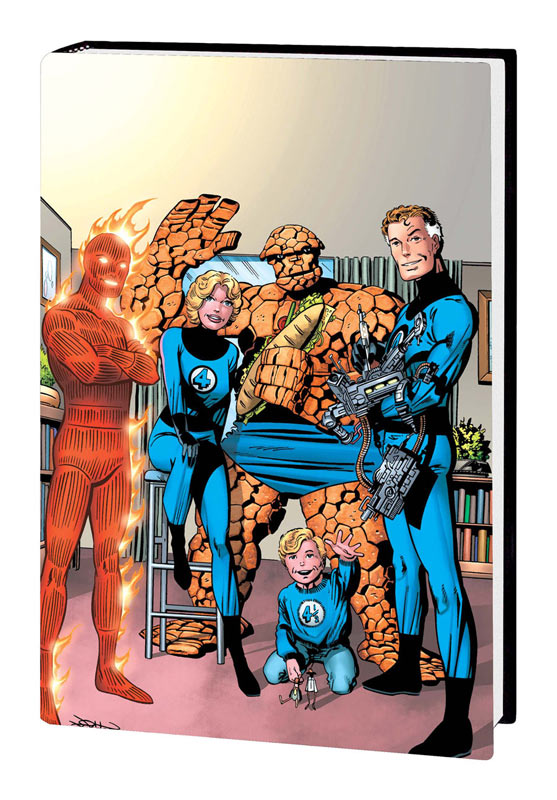
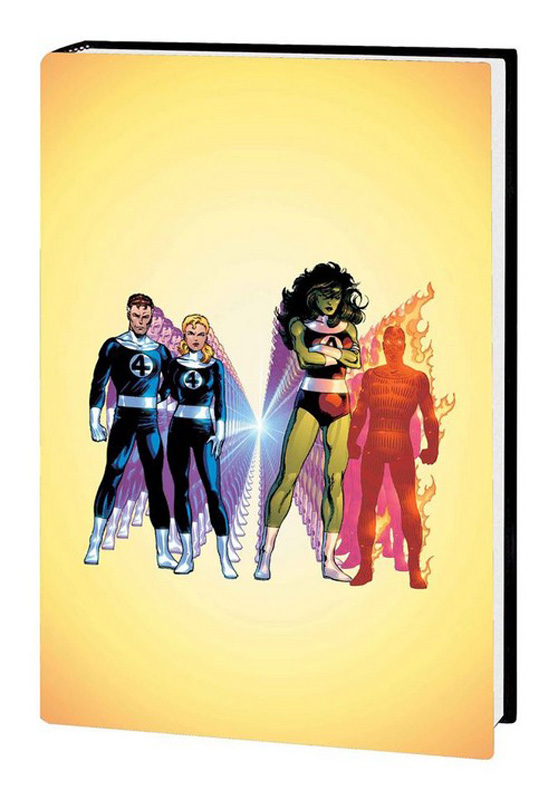 Fantastic Four Omnibus 1 & 2 by John Bryne
Fantastic Four Omnibus 1 & 2 by John Bryne
In 1981 just after his infamous run on X-Men Byrne took over the Fantastic Four and turned into a real second renaissance for the book. At the time the sales were not that great and his first issue was aptly titled “Back to the Basics”. He really went back to what made the team work in the first place. He changed The Invisible Girl into The Invisible Woman and making her a much stronger character. The Thing left the group and he replaced him with the She-Hulk that really changed the dynamic of the group. One of my favorite stories from his run is Fantastic Four Annual #17 where Bryne takes a plot point from an early Kirby/Lee issue where the Fantastic Four after defeating the Skrulls hypnotize them and turn them into cows. The only problem is that the milk from the cows turn the towns people into monsters. It’s a really great done in one story that is what made his run so good.
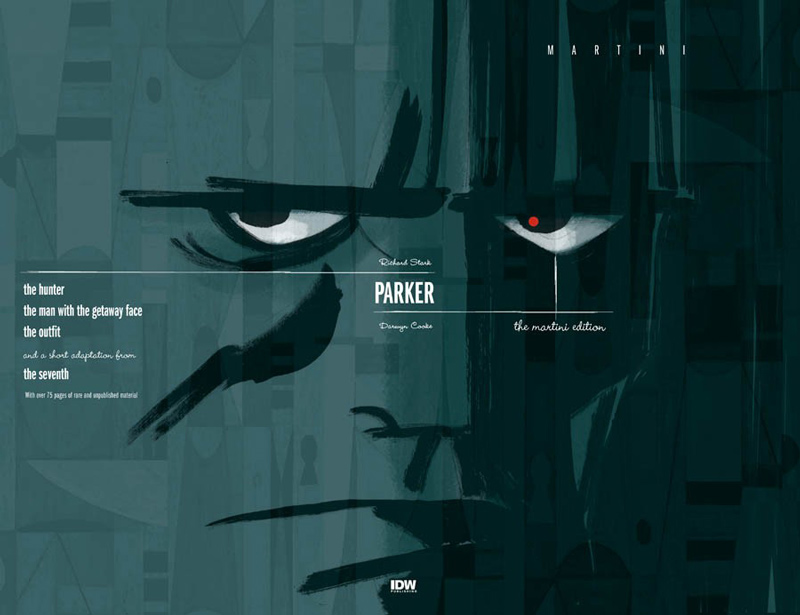 23) Parker: The Martini Edition
23) Parker: The Martini Edition
There are very few creator’s that I buy a book without hesitation in current comics but there is one name that is at the top of that list and his name is Darwyn Cooke. Probably best known for his New Frontier book for DC comics. I won’t go into the plots of the stories, but lets just say that Parker is a guy you don’t want on your bad side. They are very pulp/noir take no shit stories that it’s no wonder that Cooke was the perfect person to adapt the books into graphic novel form. With Richard Stark’s blessing (he sadly passed away before the first book was fully completed) Cooke’s first adapted The Hunter that fortunately for us sold very well. The second story adapted was The Outfit. The Martini Edition is a sight to behold not only does it collect both of the novels it also includes the adaptions of the final chapter of The Seventh. It includes interviews and a portfolio of art inspired by the Parker film adaptations. If you can’t afford this edition then by of course please pick up the individual graphic novels. Currently Cooke is planning to adapt at least 2 more books in the Parker series.
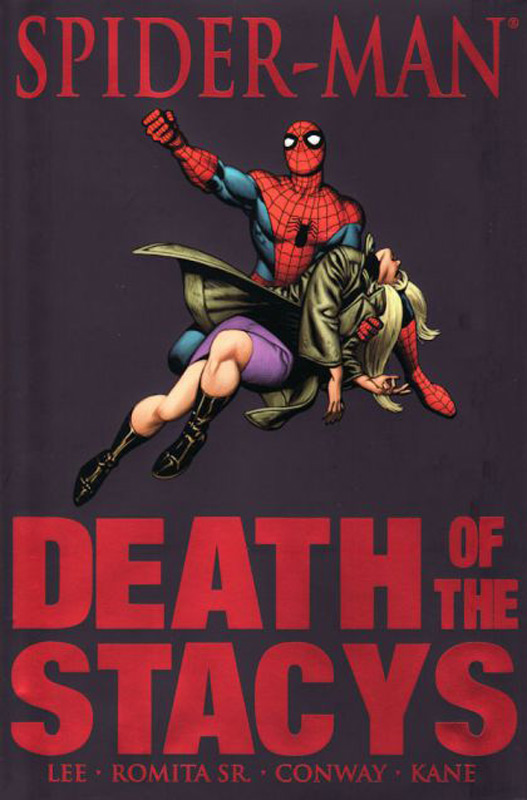 22) Spider-Man Death of the Stacy’s
22) Spider-Man Death of the Stacy’s
Next to the original Steve Ditko run of Spider-Man the Death of the Stacys stories are some of the finest ones ever told. Of course the impact of these stories have been sadly watered down over the years because of Marvel Comics knack for ignoring the past, cloning, and rewriting history because there is always someone who thinks they can do it better. This was really ground breaking at the time in the 1970’s. The death of Captain George Stacy was cause when Doctor Octopus and Spider-Man are fighting on a rooftop and a collapsing chimney falls and Captain Stacy save a young boy by pushing him out-of-the-way and saving the boy’s life. Her father’s death alienated Gwen from her beloved Peter Parker and a hatred for Spider-Man. Years later The Green Goblin abduct Gwen and when Spider-Man tries to save her from being thrown off the side of a bridge he inadvertently snaps her neck when he uses his webbing to stop her fall. The aftermath of which shocked readers and changed the way we viewed our superheroes. First started by Stan Lee and John Romita SR. then later Gerry Conway and Gil Kane are proof of how if handled properly a major characters death can and should be handled. To me the best part of the stories are no the “shocking” death it’s the effects it has on the characters in the book and how they deal with the loss.
Ted McKeever art style is very off-putting to your average superhero reading comic fan, and to me that is very narrow-minded and sad. I first discovered McKeever’s books when the great Archie Goodwin was in charge of Epic Comics. It was a Marvel Comics “adult” line of books that predated DC Comics Vertigo Comics by over ten years. McKeever’s art was very bold for me at the time compared to most of the comics being published at the time. What made me stick around was the great story that accompanied it. The premiss was simple an apocalyptic work in which non-entity, Jasper Notochord, becomes inadvertently involved in a surreal war between armored angels and mutated demons. On the surface it’s a simple good versus evil story but there is so much depth to both the story and the art that get lost in the world that he creates. It reminded me a bit of Clive Barker’s Nightbreed because you really fell in love with the so-called monsters of the story. Originally the book was in color but the hardcover is in black and white. This to me really captures a grittiness that was not present in the original release of the book. It also include the three issue epilogue Metropol A.D.. Ted MeKeever’s books are not for everyone but if you are looking for comics that have more meat on the bone then look no further.

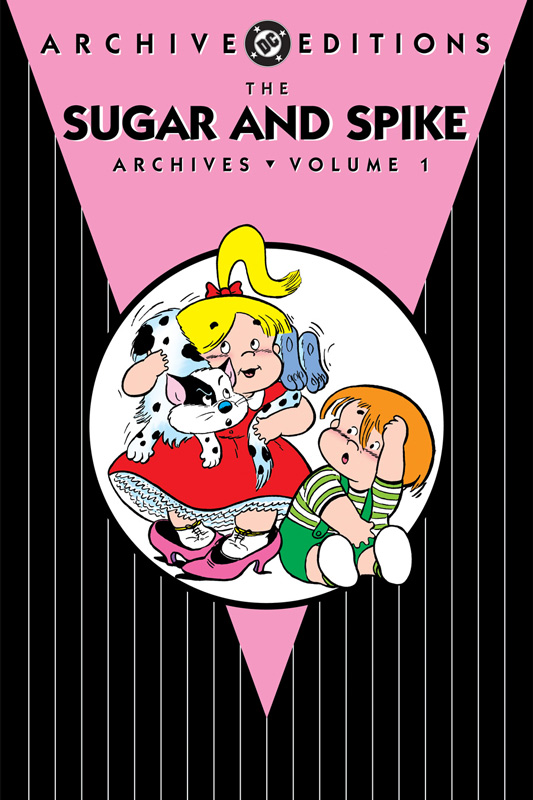
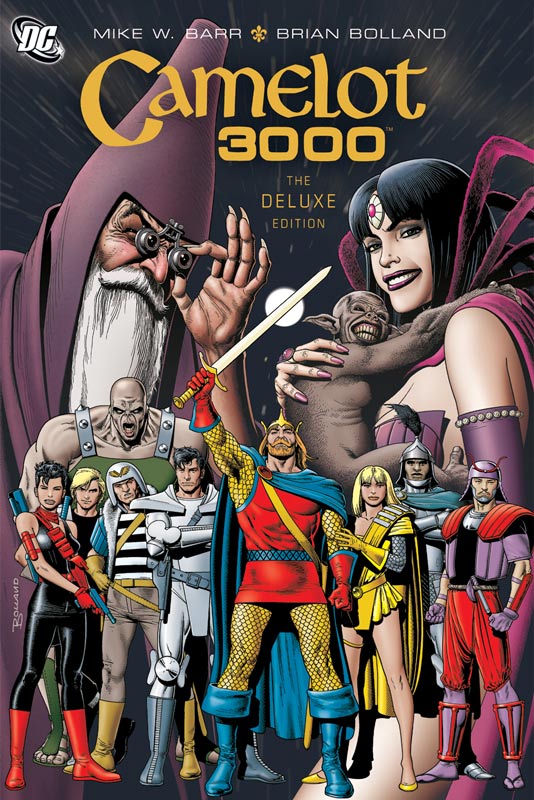
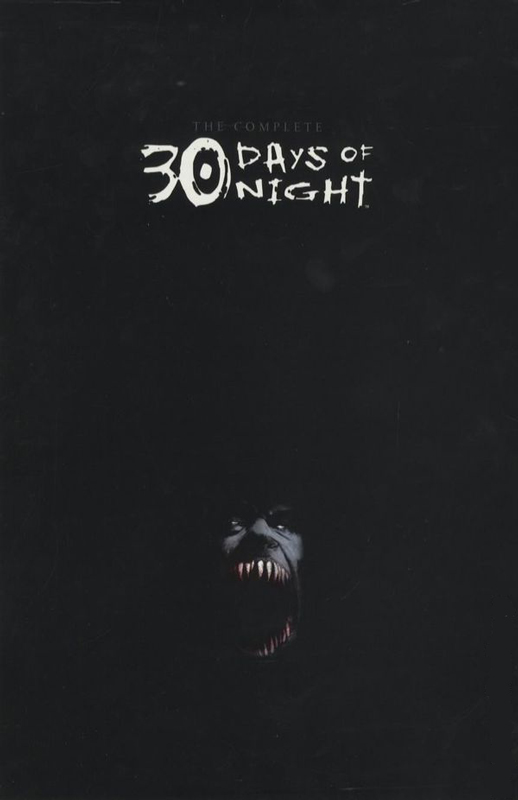
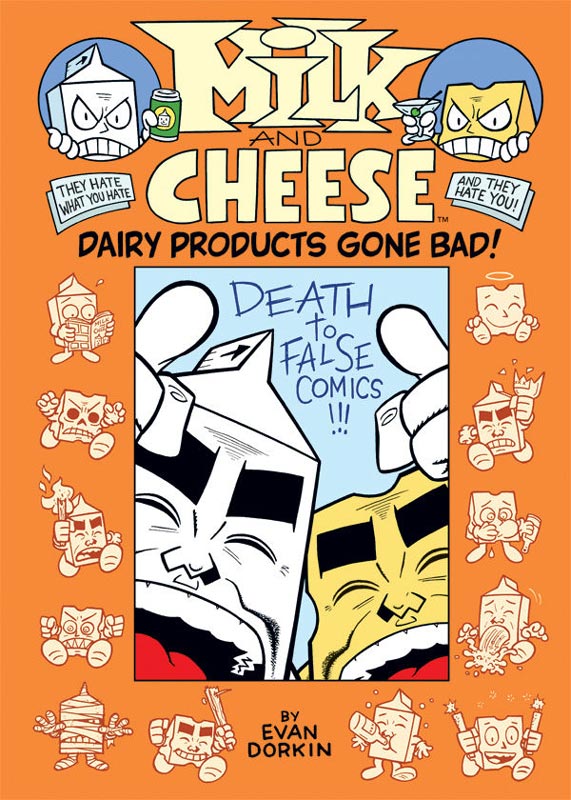
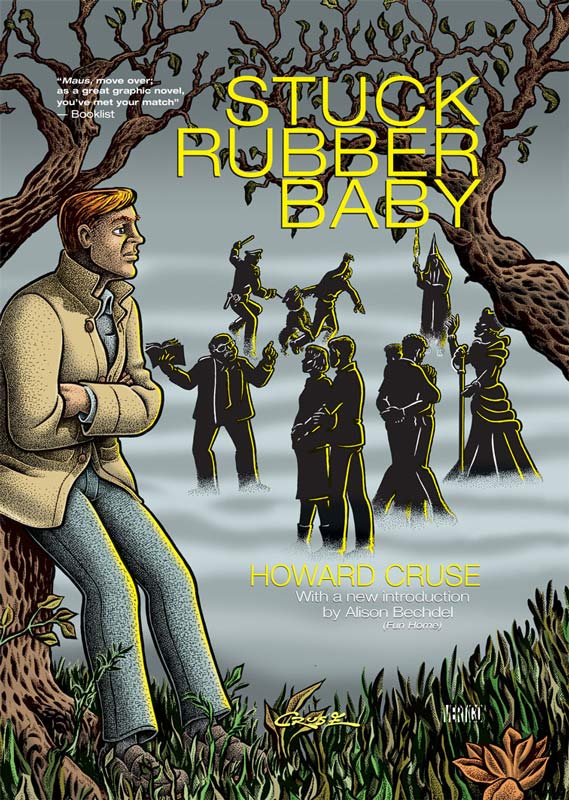
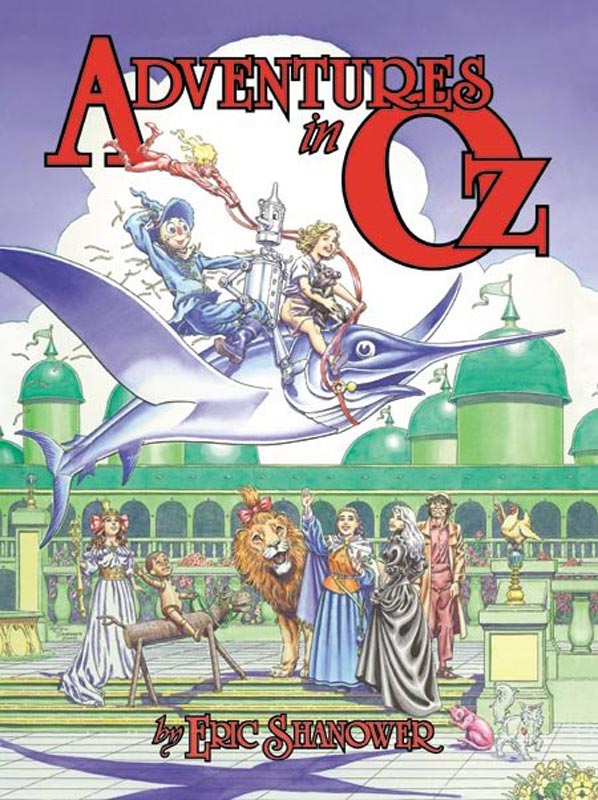
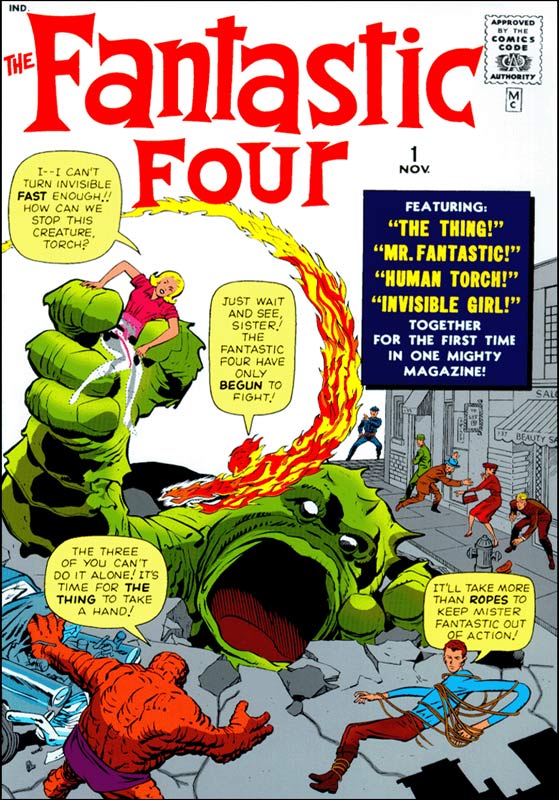
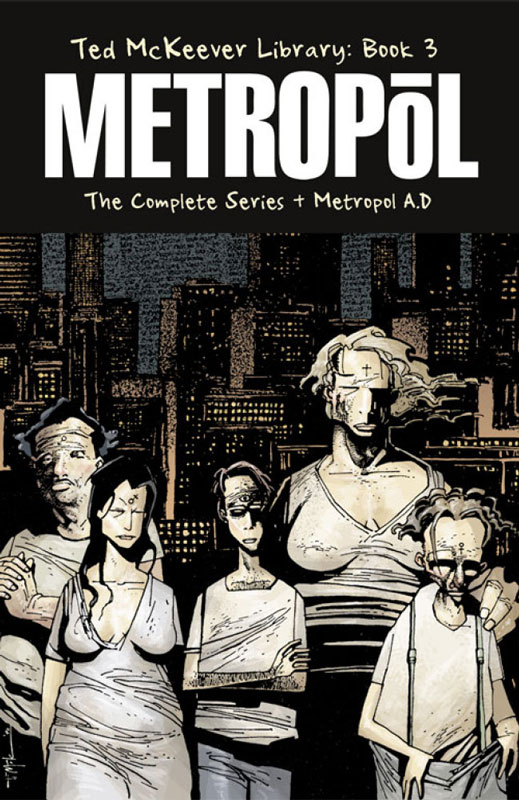
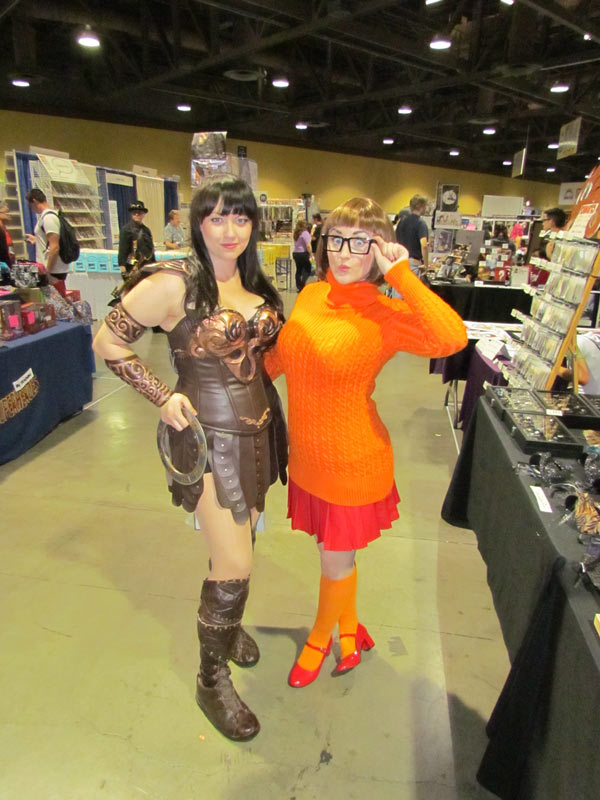
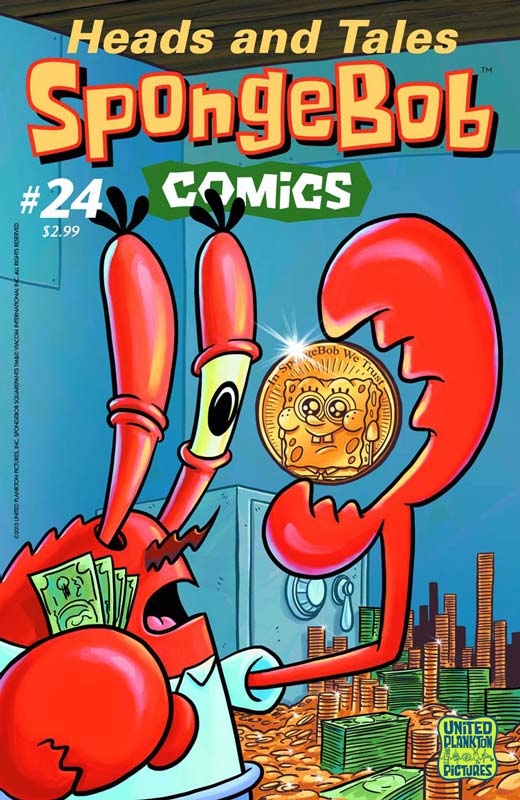
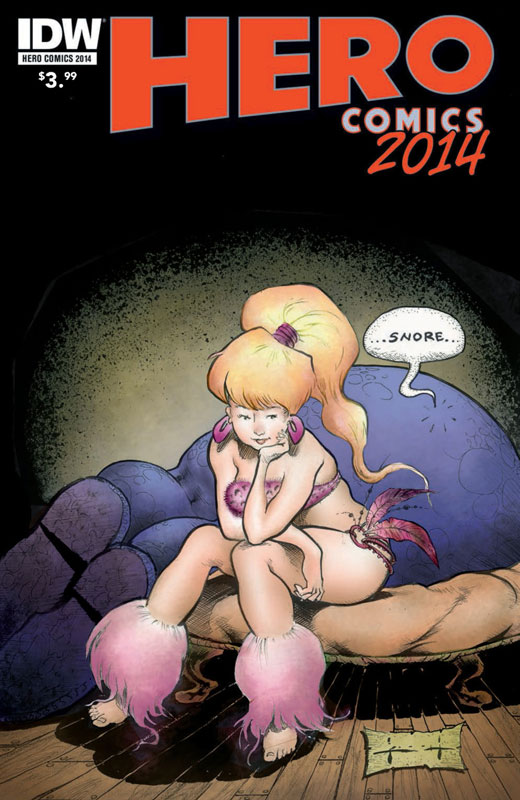
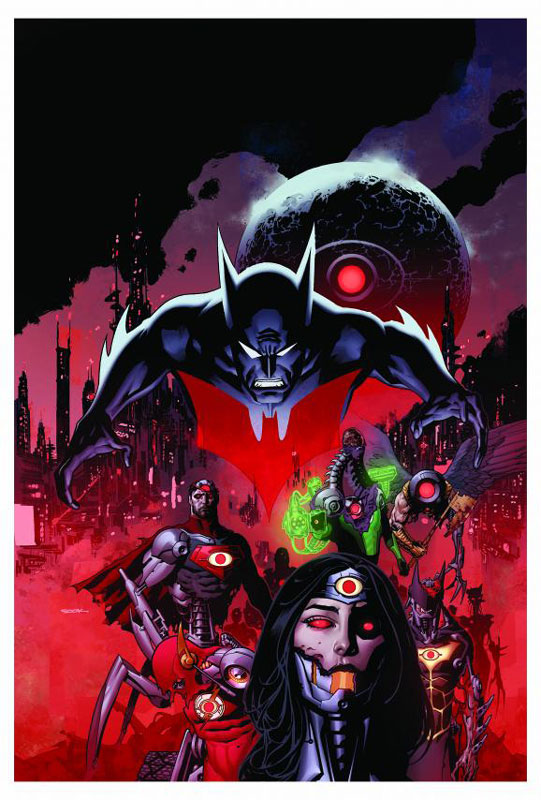
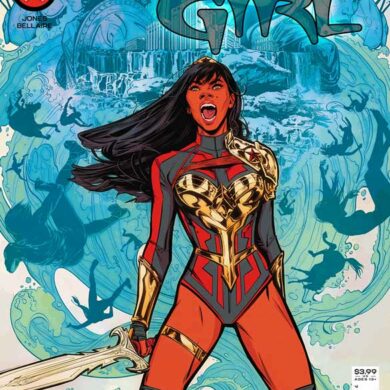
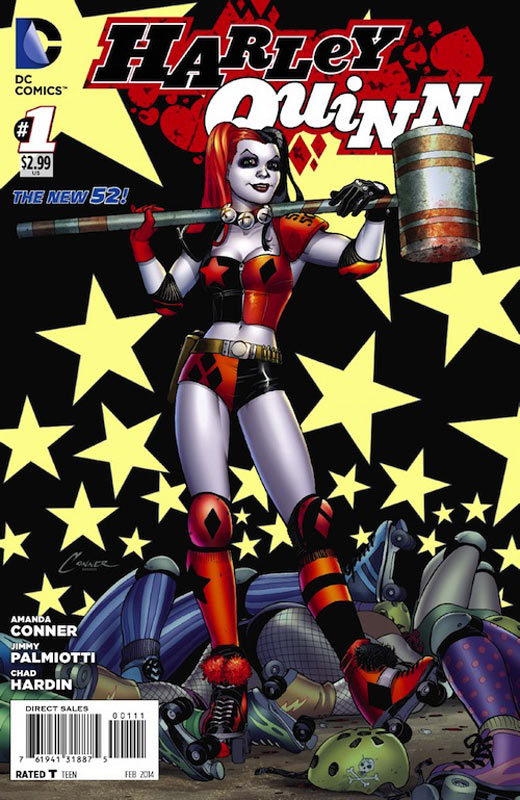






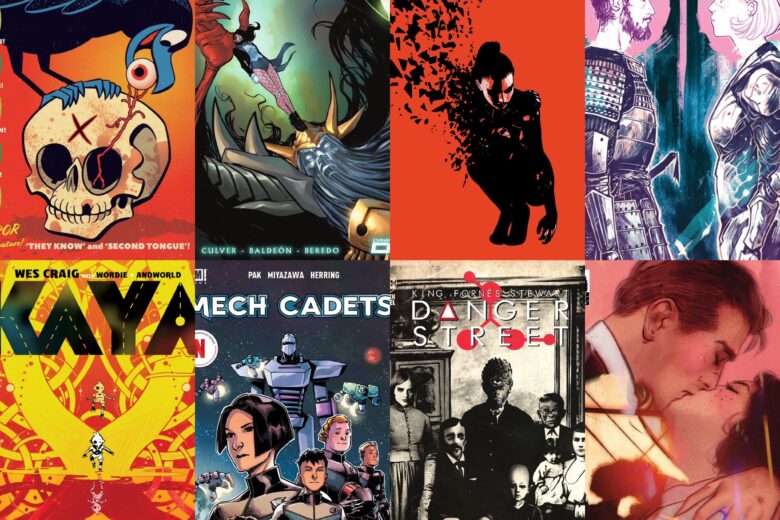
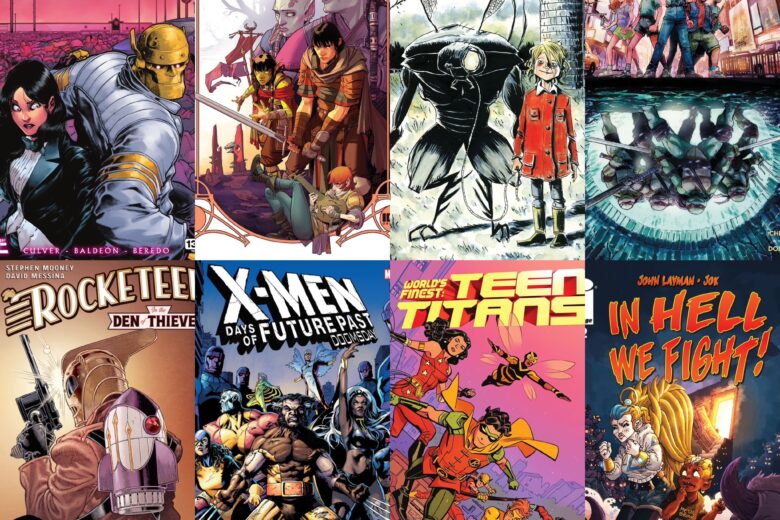
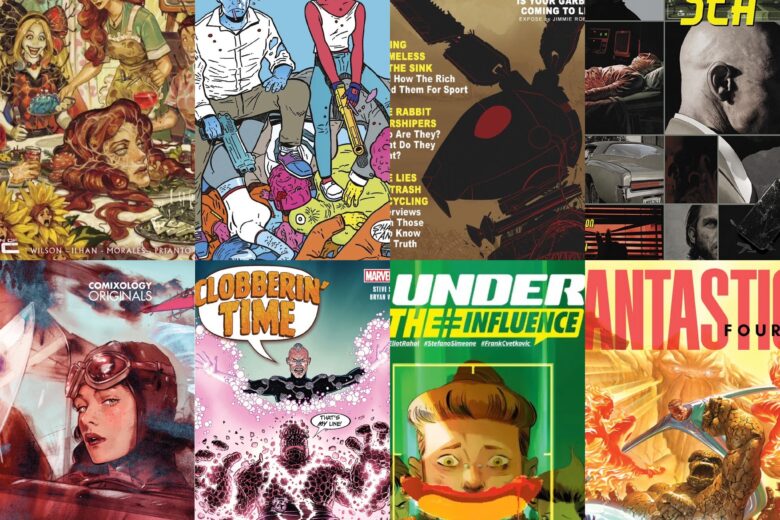
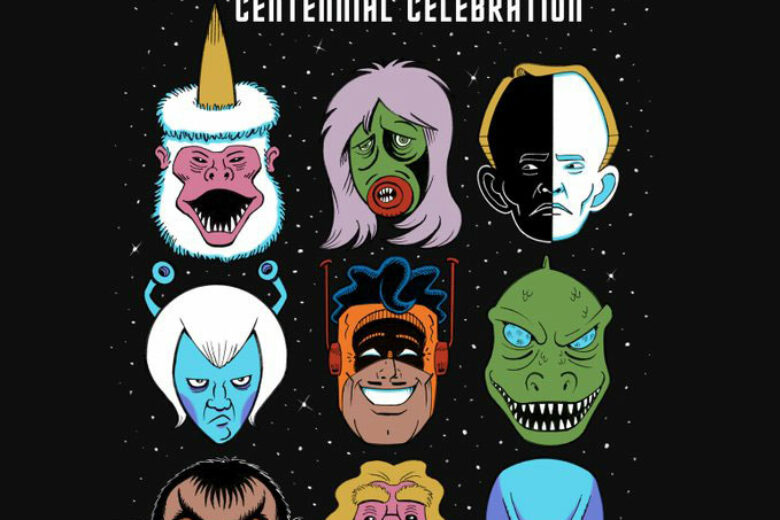
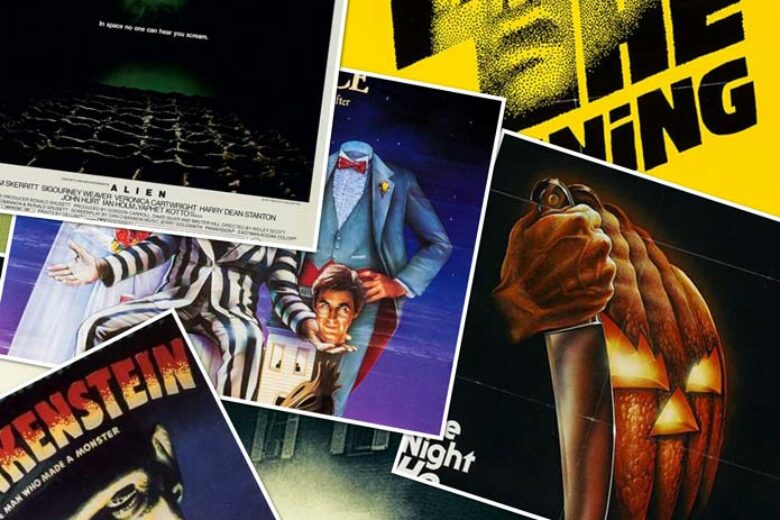
0 Comments